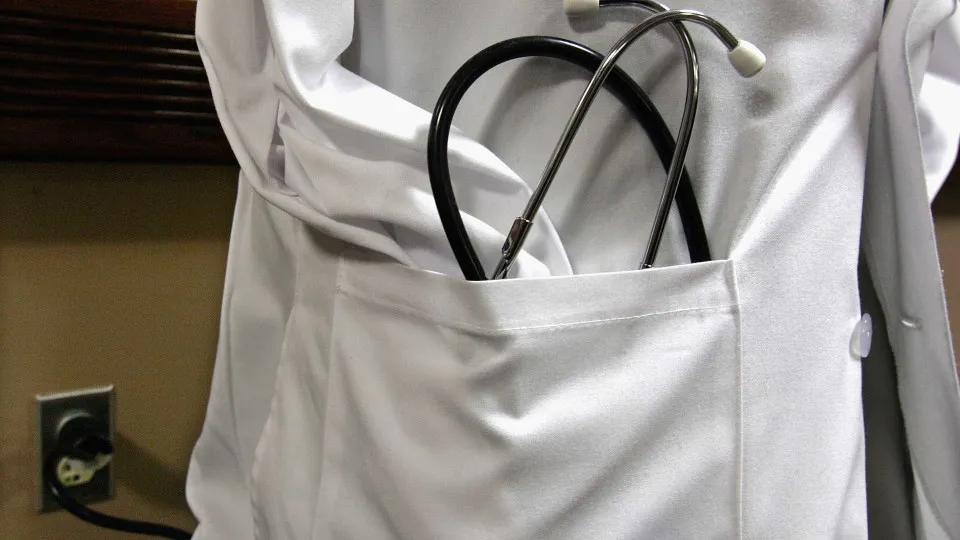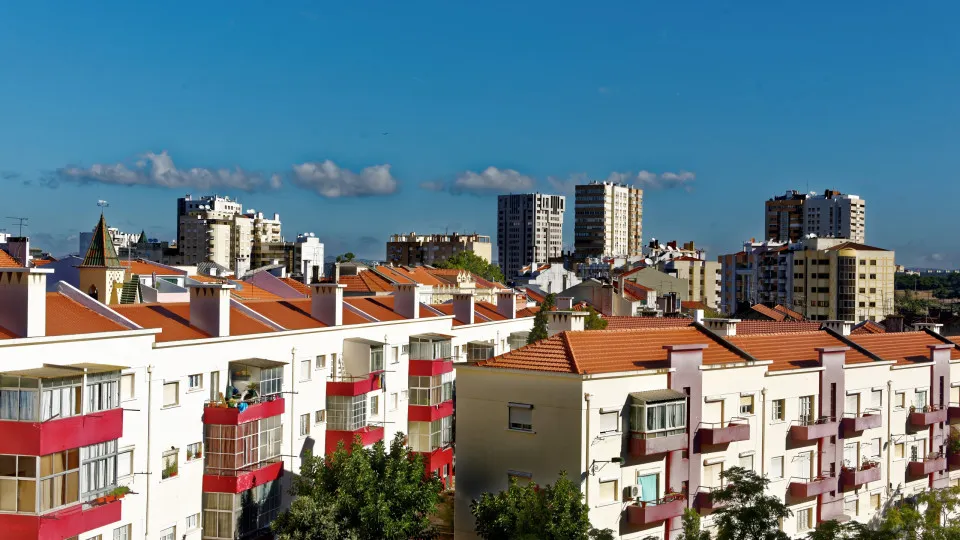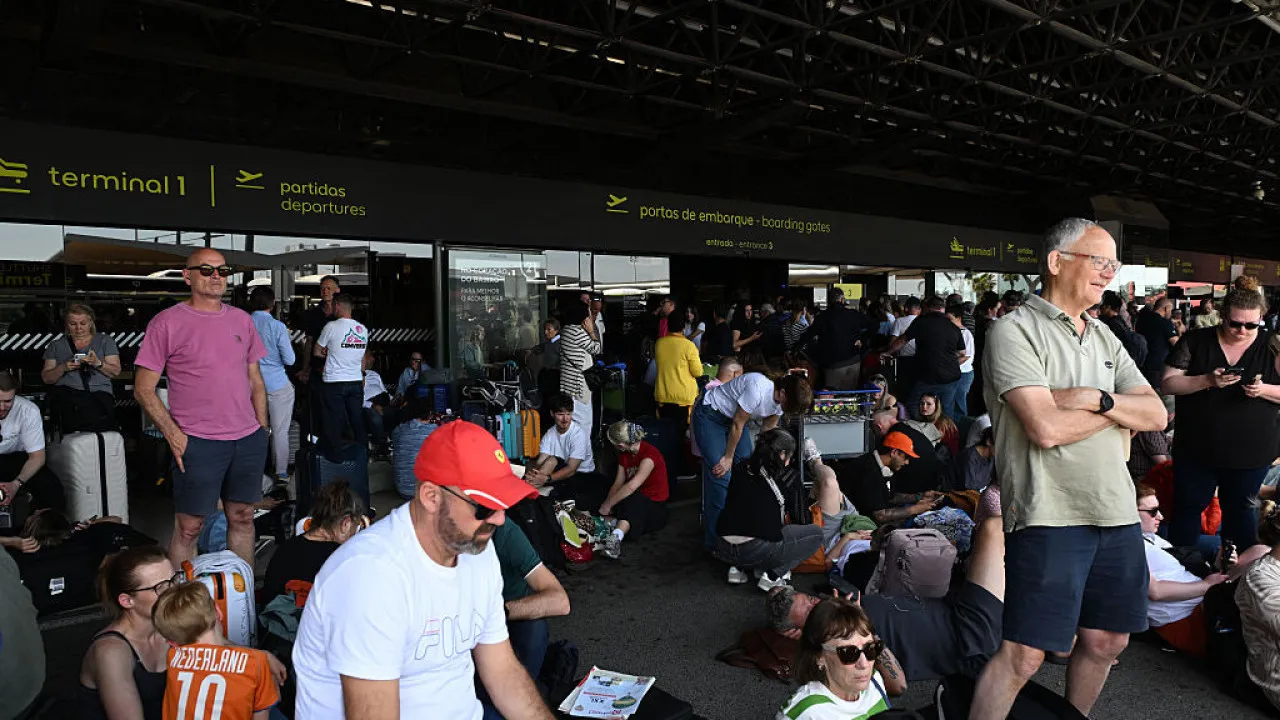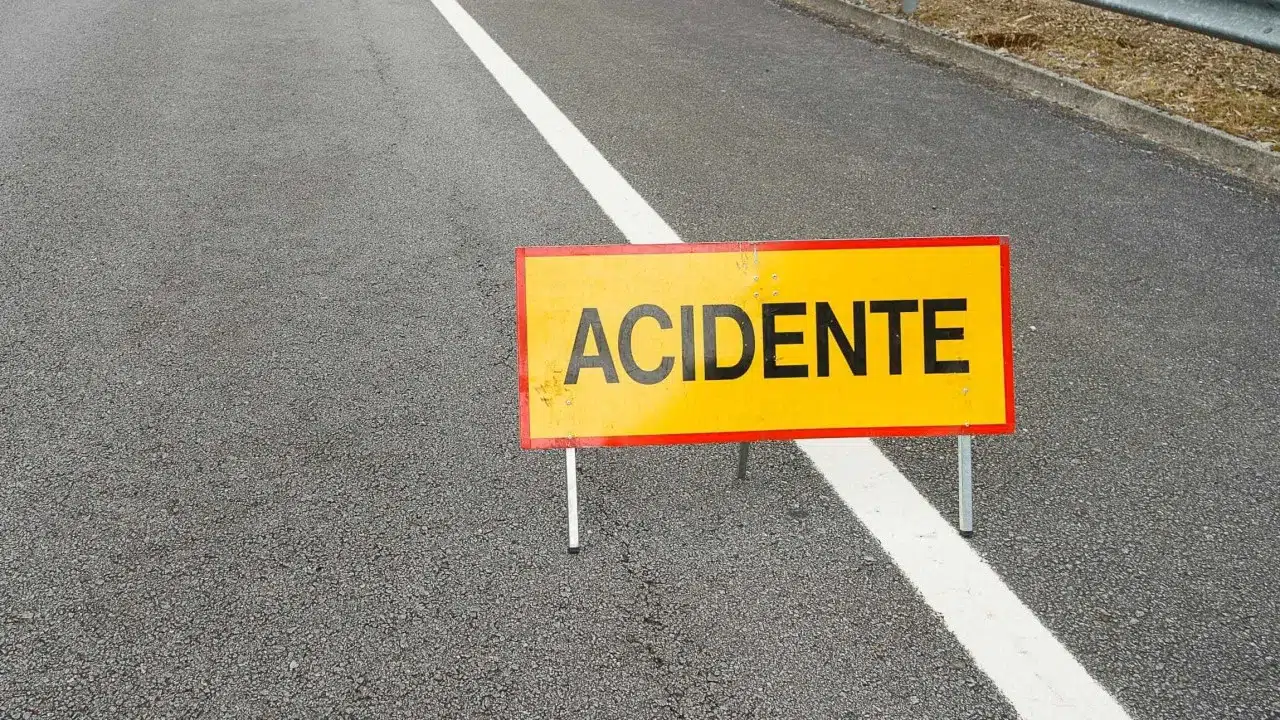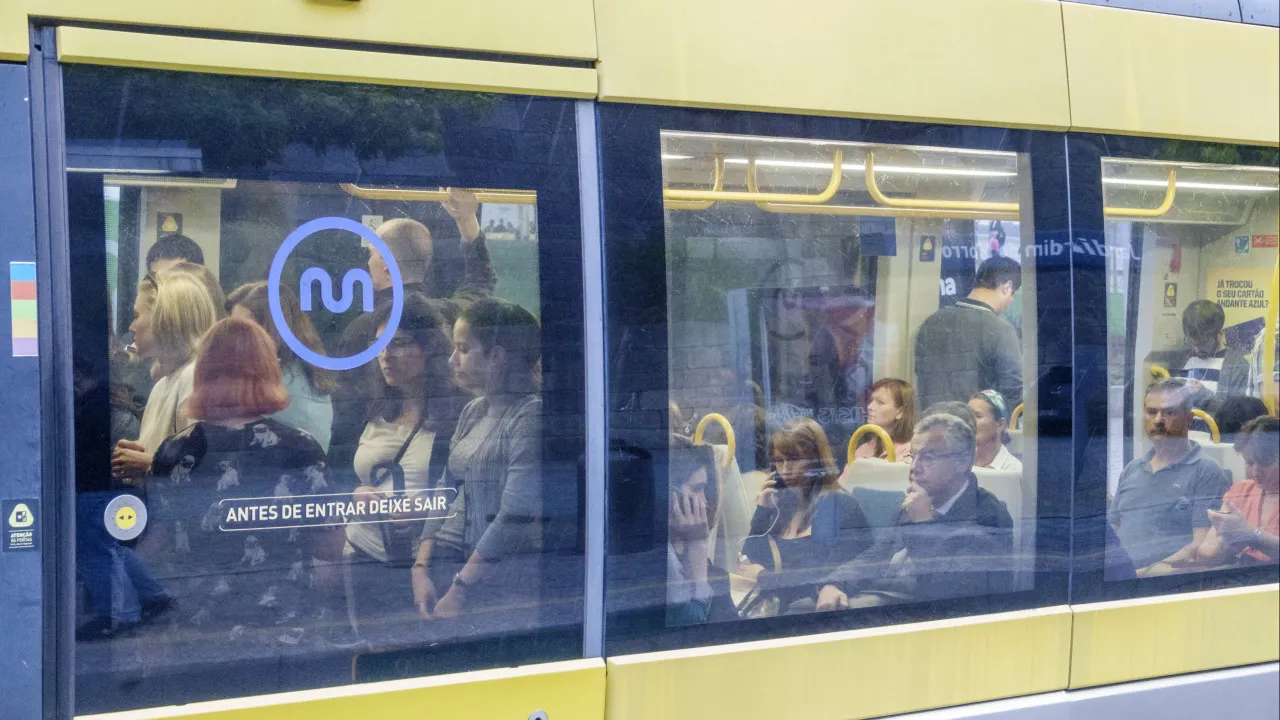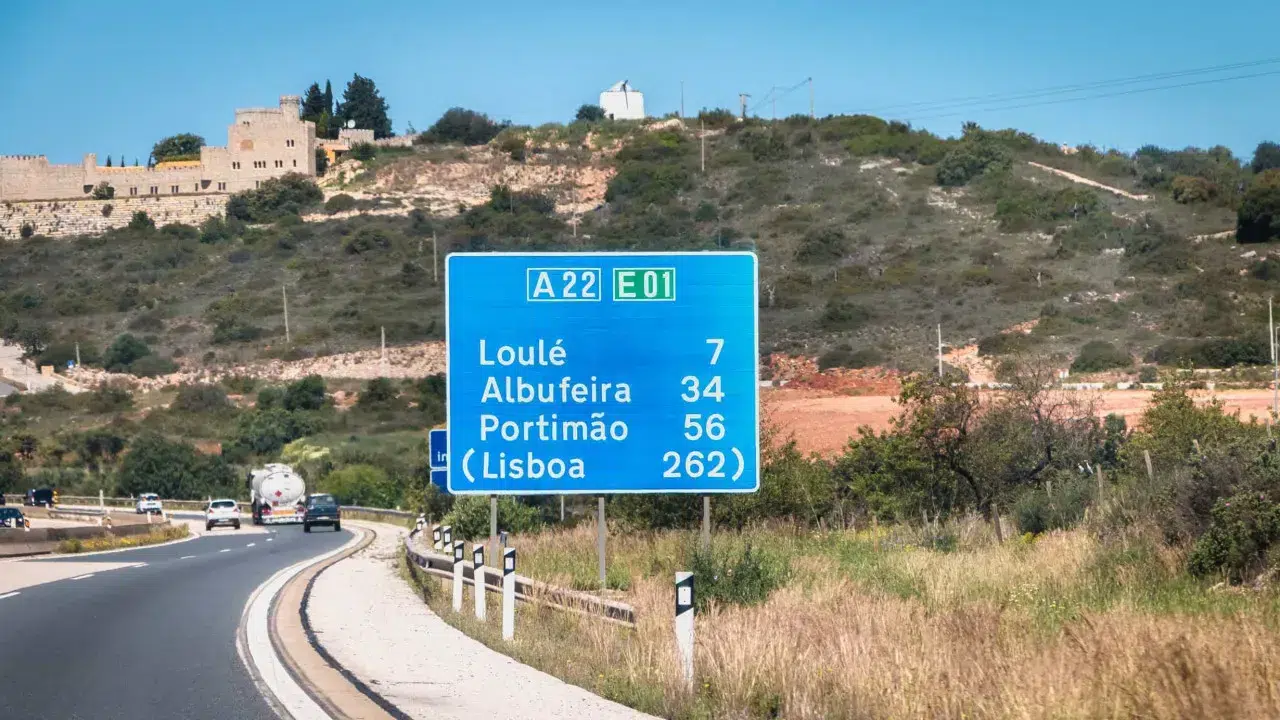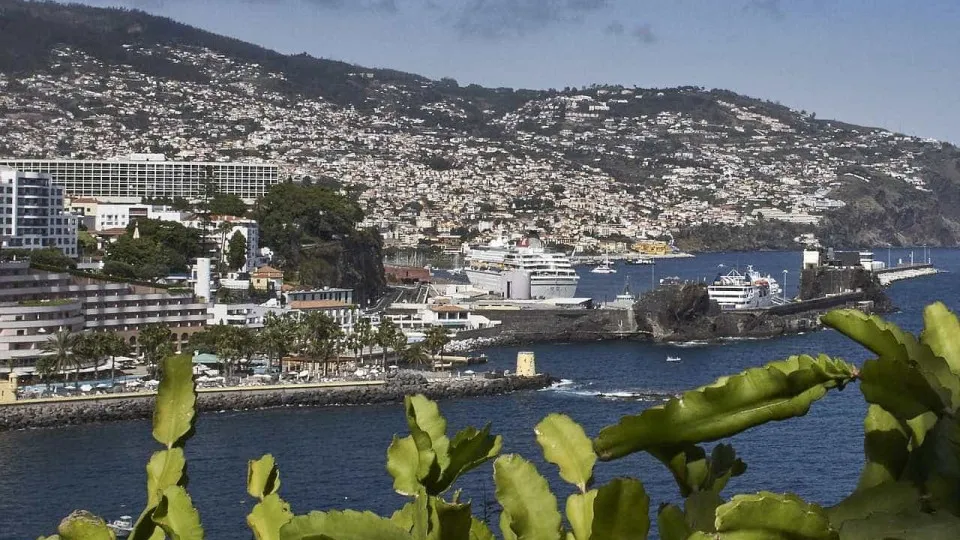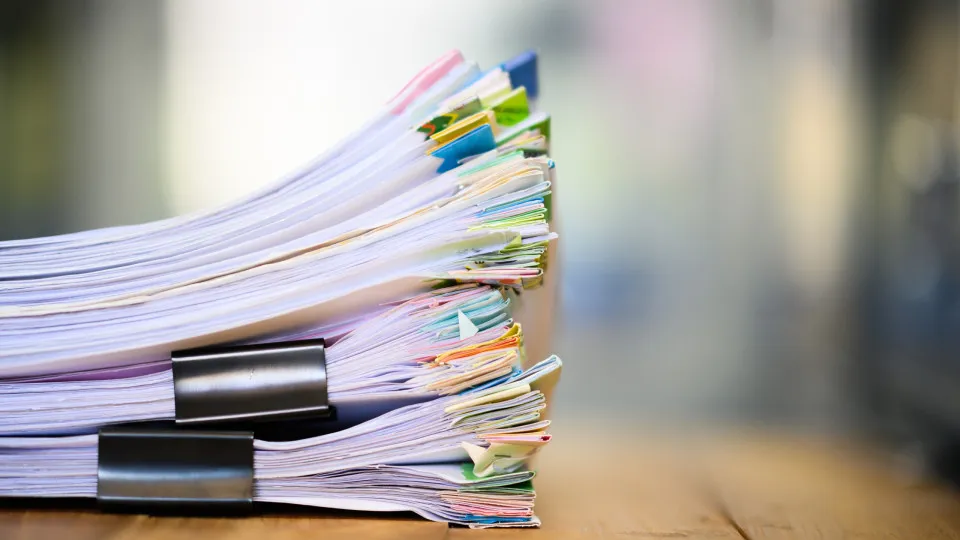The construction of Porto’s ‘metrobus’ is progressing on Avenida da Boavista and has even lifted old streetcar tracks, in an effort to standardize that ‘artery’ of the city, although it does not include a cycle path along its entire length.
“We found rails of the old streetcar of STCP [Sociedade de Transportes Coletivos do Porto], which passed here to the axis of the avenue, once a public transport that we are again putting more adjusted to the present day, to give a good public transport infrastructure to the city,” Pedro Carvalho, project manager of the Porto ‘metrobus’ contract, told Lusa.
The new Metro do Porto service will connect Casa da Música to Praça do Império (in 12 minutes) and Anémona (in 17) in June 2024 using hydrogen buses, circulating in a dedicated lane on Avenida da Boavista and coexisting with cars on Avenida Marechal Gomes da Costa.
The work also aims to sew the ‘patchwork’ that is Avenida da Boavista, the target of four major interventions that have left it heterogeneous since 2000, when the streetcar stopped running along its entire length.
“Next to the [Boavista] traffic circle and next to the City Park, the avenue has a certain difference, a heterogeneity in the architectural solutions we found”, observes Pedro Carvalho, intending that the work for which he is responsible puts the road as it “deserves”.
According to the engineer, “this intervention will create a uniformity from façade to façade for the avenue, whether of the lighting columns or the kerbstones, giving Avenida da Boavista its own identity”.
Despite the intended standardization, the avenue will lack a bike path along its entire length, since it will be maintained in the center of the road, next to the ‘metrobus’ channel, in the section between Fonte da Moura and Castelo do Queijo, but will not exist in the eastern part, “due to lack of space” on the avenue, which will still house two lanes for cars and one for the ‘metrobus’ in each direction.
Asked if it will be possible to coexist in the dedicated lane between the ‘metrobus’ and means of soft mobility, Pedro Carvalho said that this is an issue that will have “to be articulated with the municipality of Porto”.
As for the rest of the urban arrangement of Avenida da Boavista, a source from Metro do Porto told Lusa that “only trees in poor phytosanitary condition and unable to survive will be cut down, and others will be transplanted”.
Regarding parking, the same source said that the 227 spaces currently existing on Avenida da Boavista between the homonymous traffic circle and Avenida Marechal Gomes da Costa will become 55, and the 257 spaces currently existing in Marechal will remain.
On the bridge that crosses the VCI, between Foco and Pinheiro Manso, Metro do Porto is “renewing the surface of the overpass with sidewalk and with the rehabilitation of the structure, more at an aesthetic level”, not being a “structural intervention”.
In addition to the road infrastructure itself, the work is also moving underground, renewing “much of the rainwater and wastewater collection infrastructure on Avenida da Boavista, and even water supply as well”.
The project is, for example, creating “a large rainwater collector” in the Foco area, renewing the drainage network “that will reach the VCI [Via de Cintura Interna] area”, according to Pedro Carvalho.
“We are still articulating this issue with Águas e Energia do Porto, also, for some crossings under the VCI to connect to Ribeira da Granja, functioning as a large rainwater collector for the city”, he detailed.
The work is now “reaching peak production because of the longer summer days and the reduction in traffic”, while still meeting the “initial assumption” of “always keeping four lanes open to car traffic”.
Giving as an example a section in the Pinheiro Manso area, Pedro Carvalho says that “the two lanes on the south side of the avenue” and “a bit of the BRT [Bus Rapid Transit, aka ‘metrobus’] channel” have already been prepared, with “the sidewalks on the south side” and the central area still to be completed, to “make the ‘metrobus’ channel itself”, which will be painted green and is the last thing to be done, “along with the stations”.
The work is also already on Avenida Marechal Gomes da Costa, currently occupying the “area between Praça do Império and the João de Barros area on the sidewalks”, where “the adjustment of new urban insertions” is made and the “lowering of the curbs” is being done, according to Pedro Carvalho.
As for the remaining section between the intersection of Avenida da Boavista and Marechal Gomes da Costa and Praça Cidade do Salvador, known as Anémona, the public tender to carry out the work “will be launched soon”.
The investment in the BRT is fully funded by the Recovery and Resilience Plan (PRR) and amounts to €66 million, excluding VAT, and the works started at the end of January.
The Casa da Música, Guerra Junqueiro, Bessa, Pinheiro Manso, Serralves, João de Barros and Império stations are planned for the first service, and Antunes Guimarães, Garcia de Orta, Nevogilde, Castelo do Queijo, and Praça Cidade do Salvador (Anémona) are added to the section to Matosinhos.

